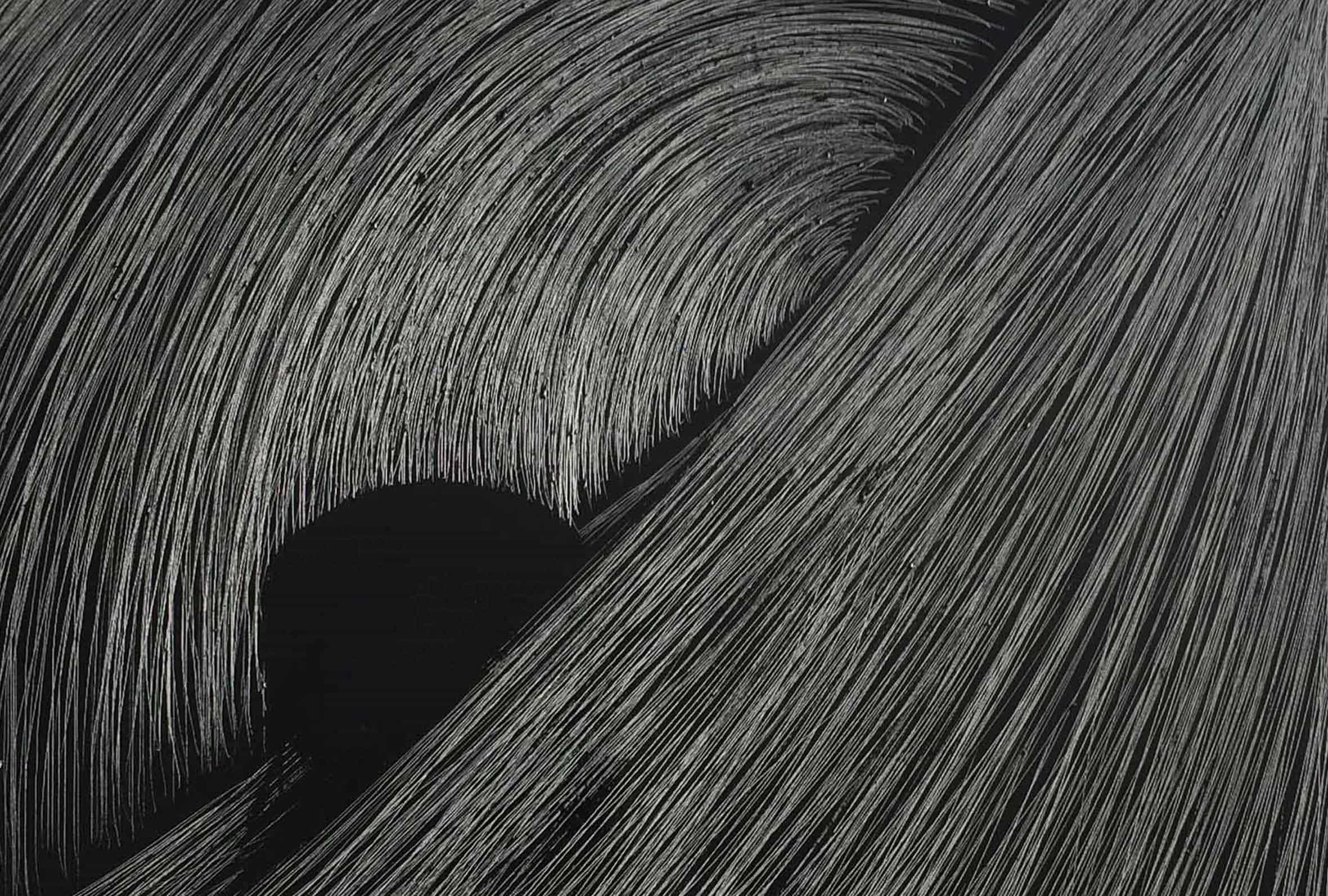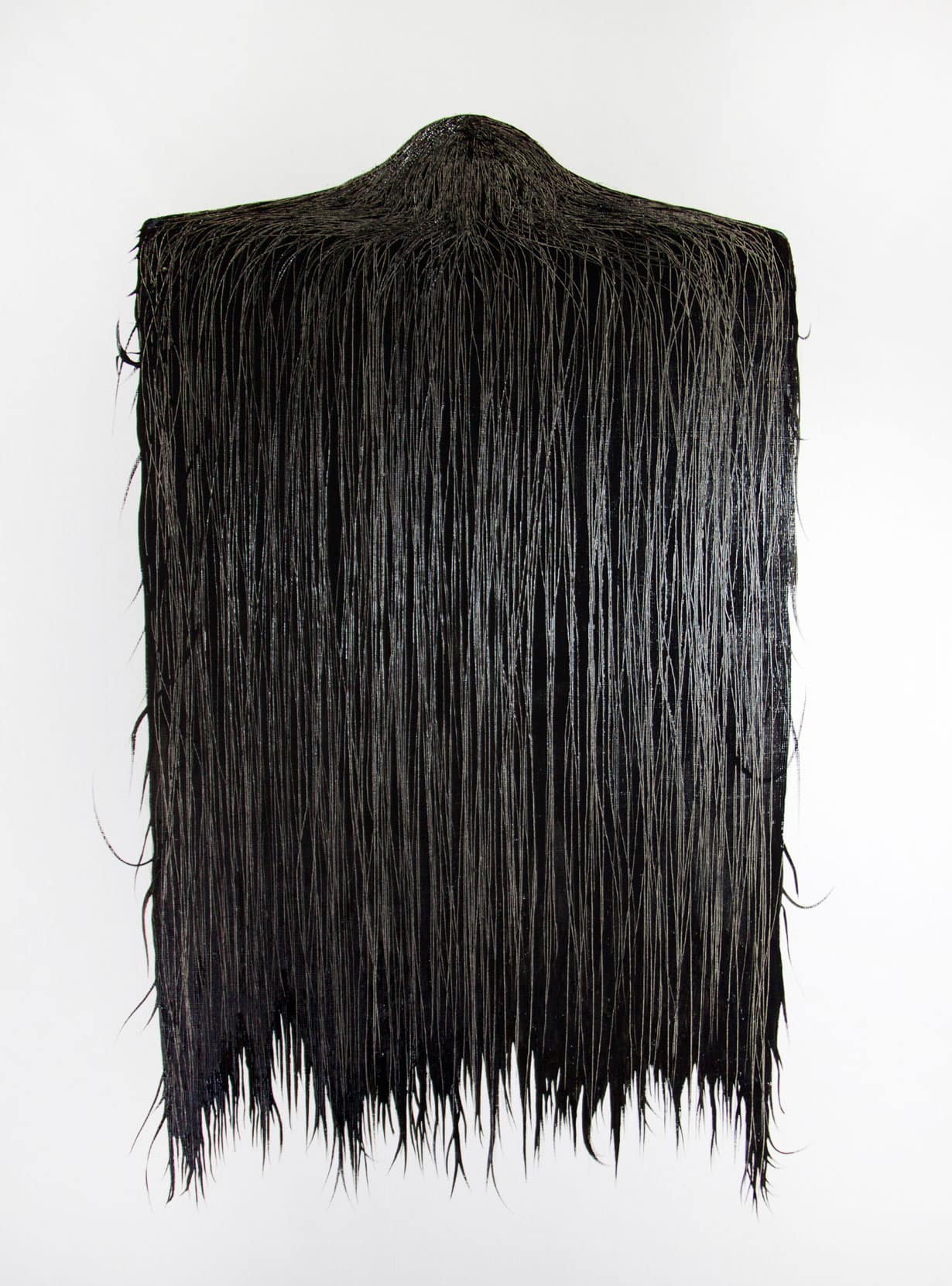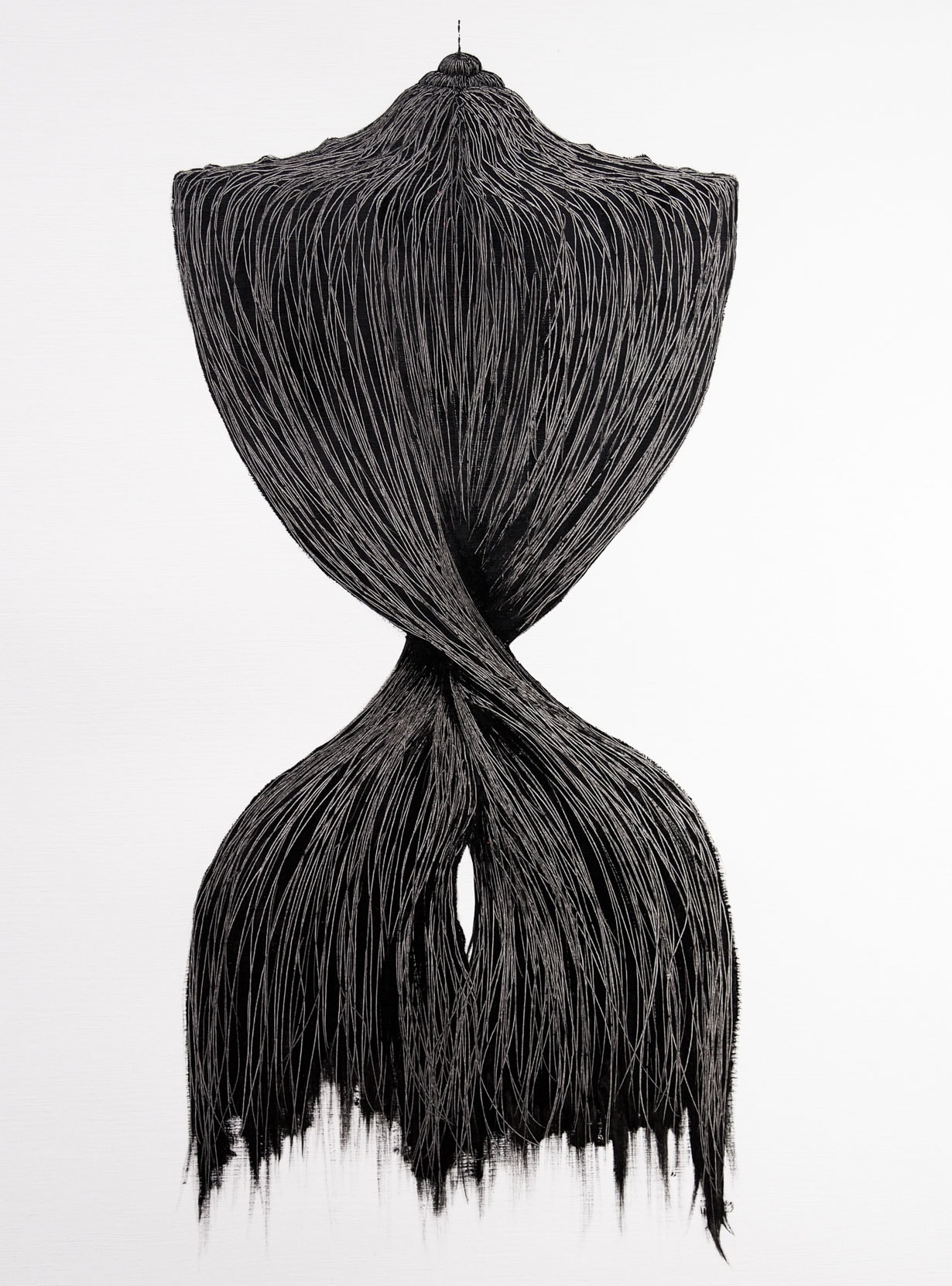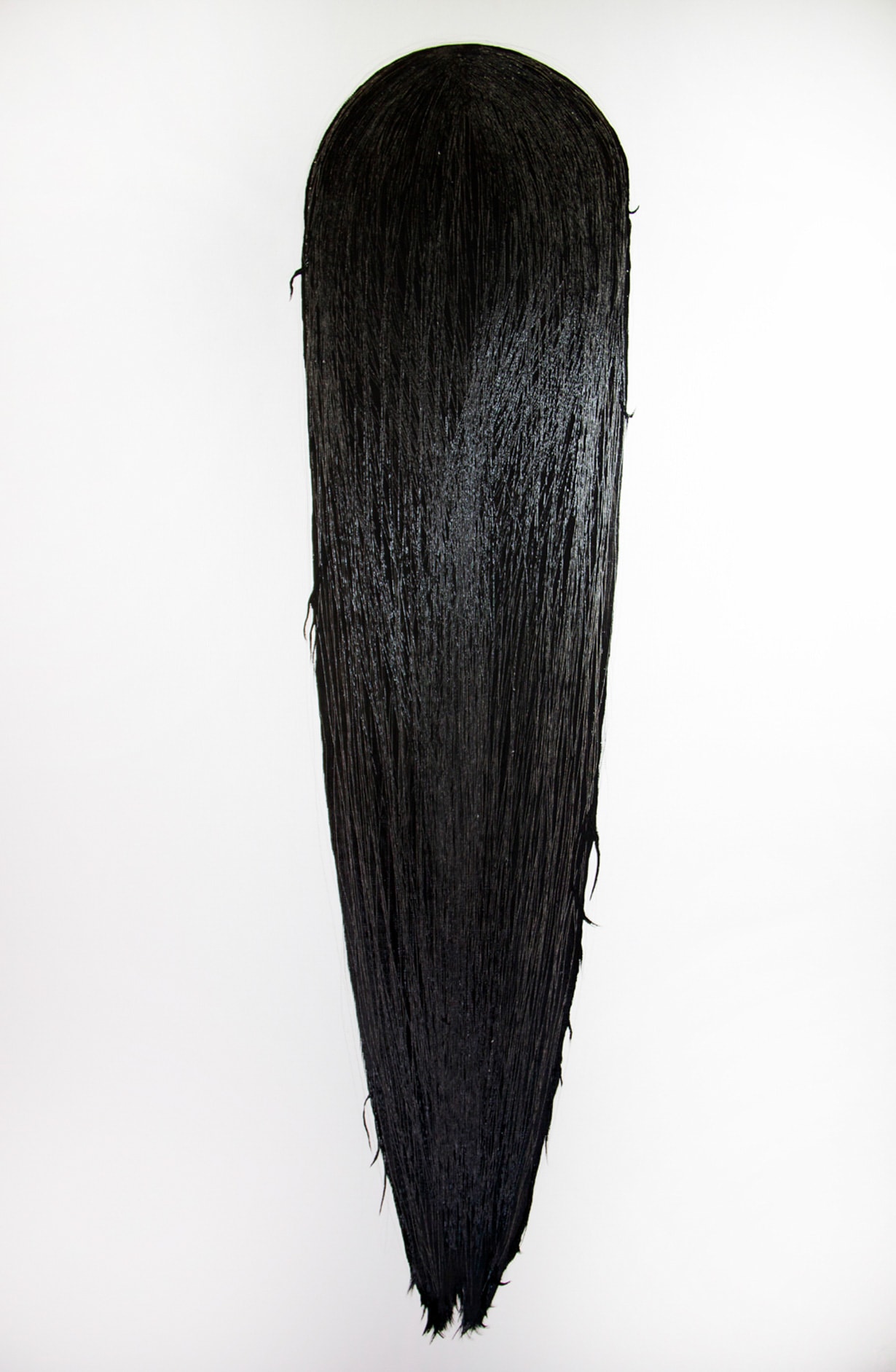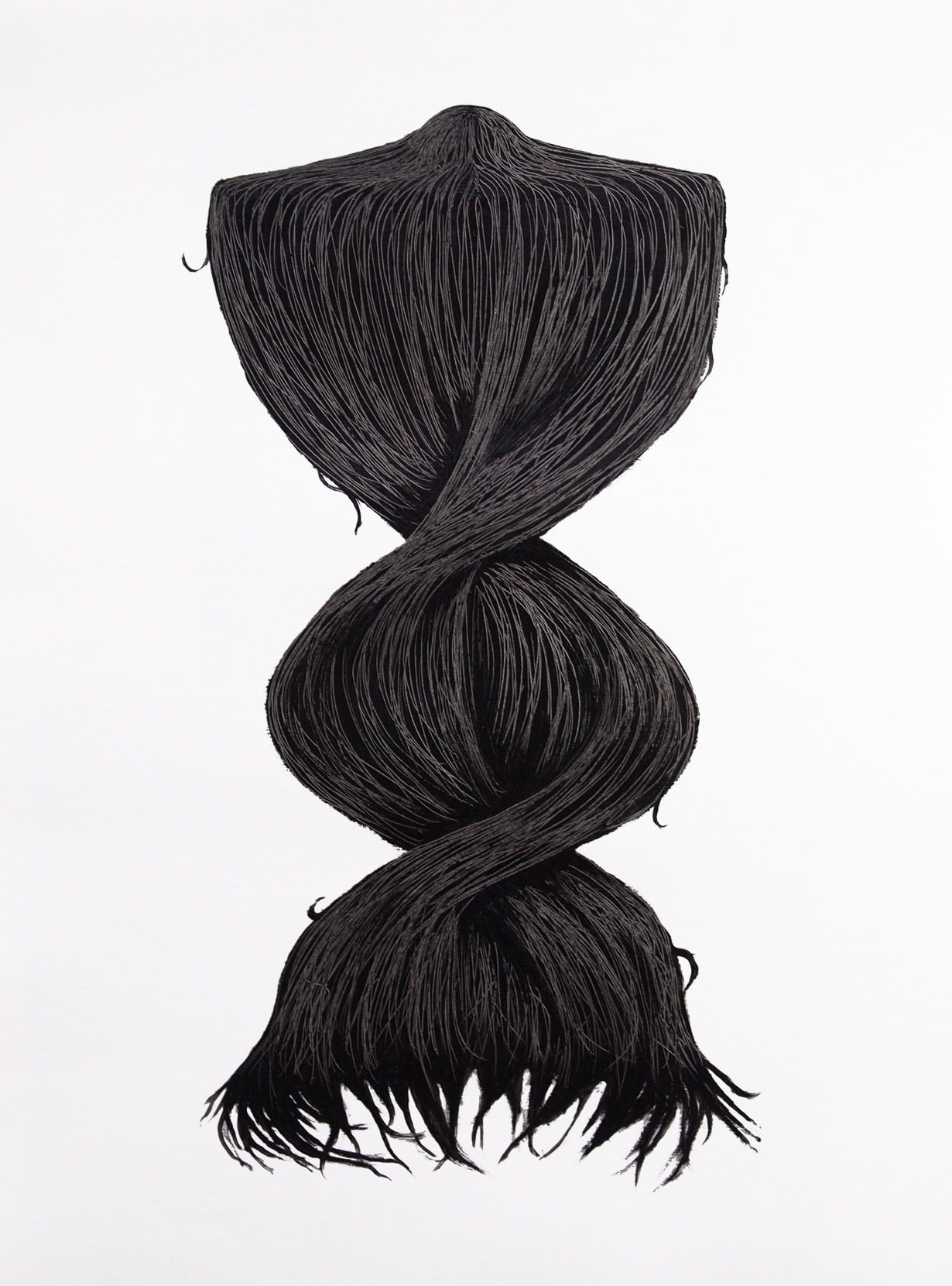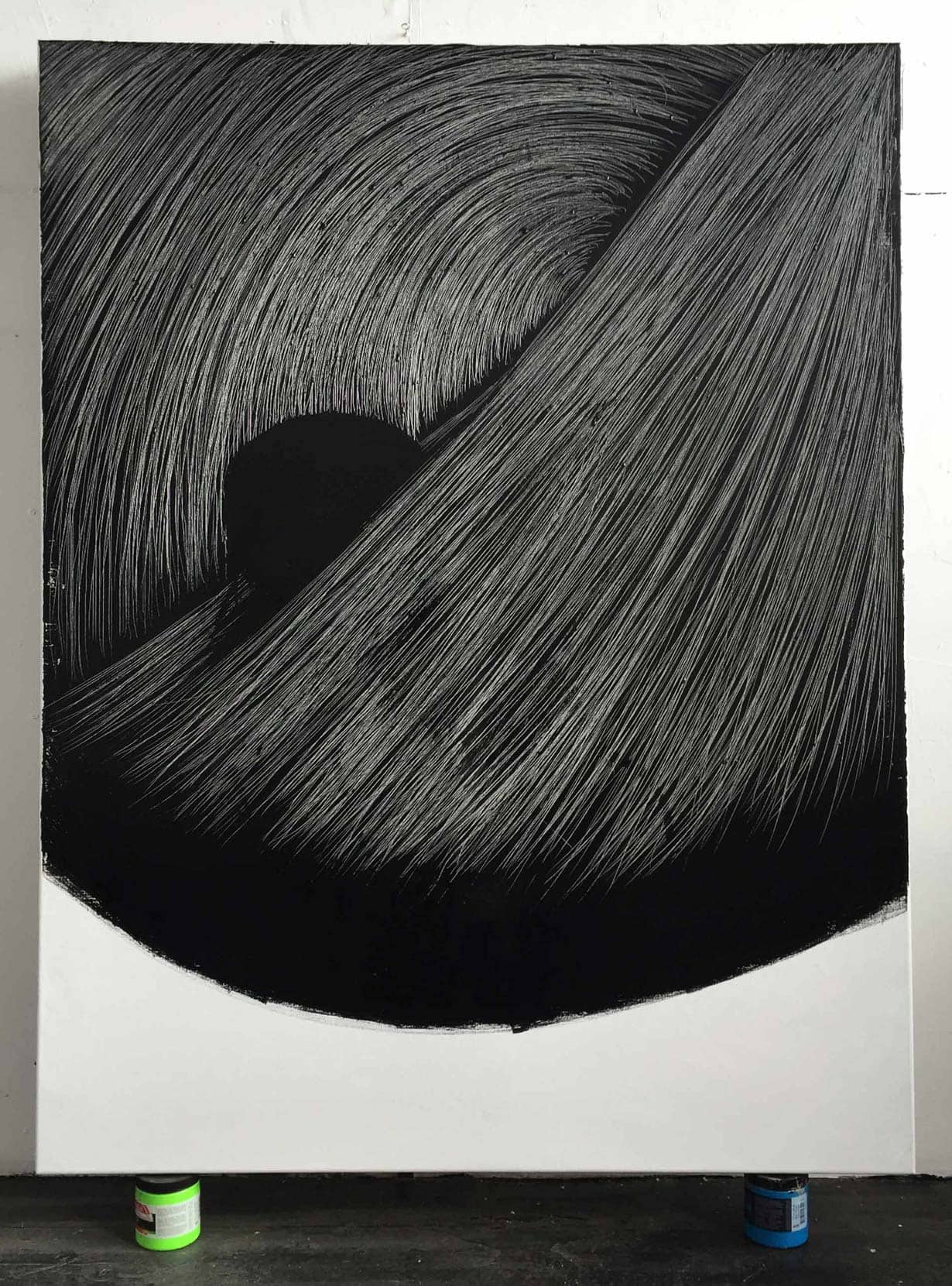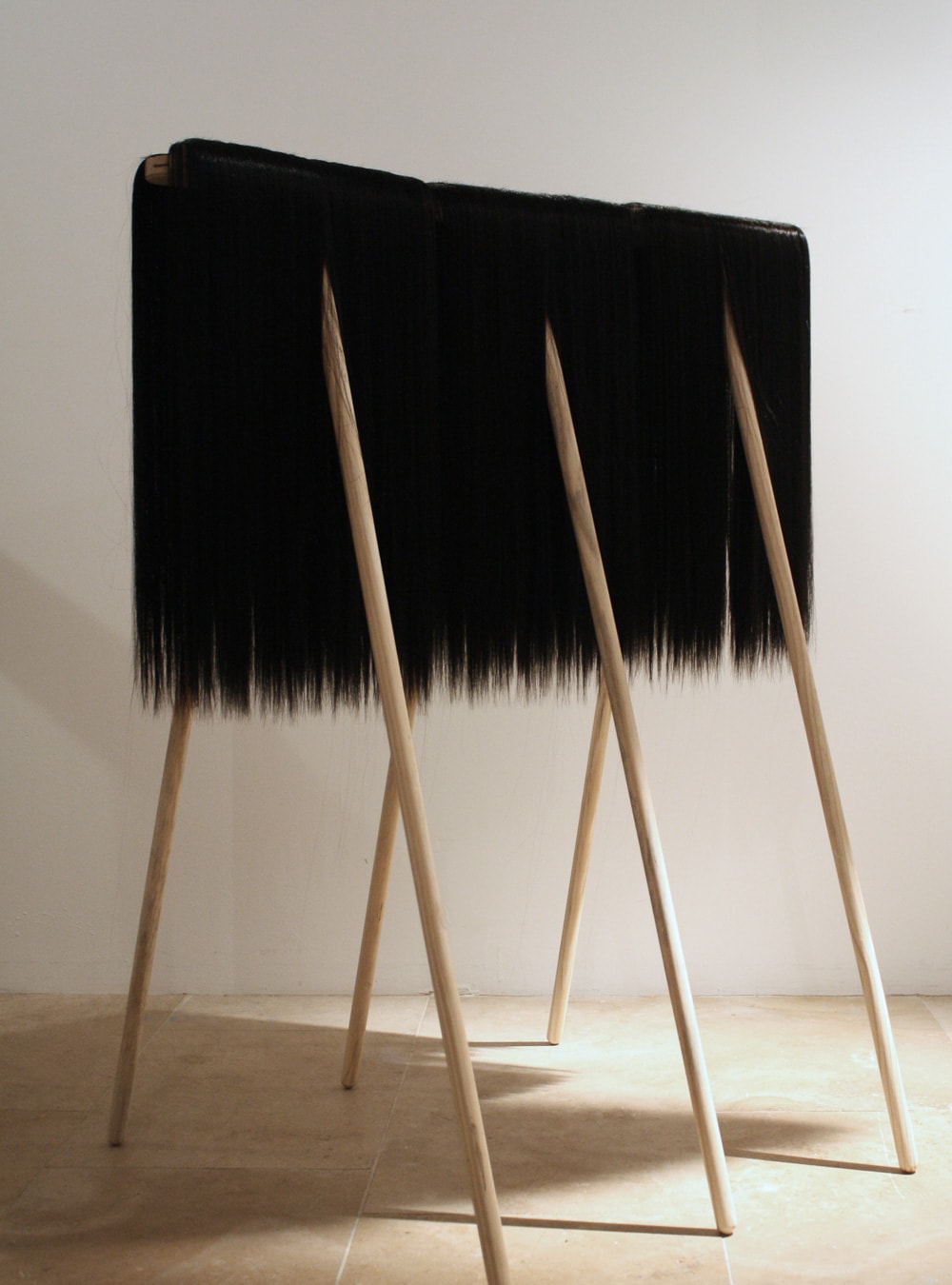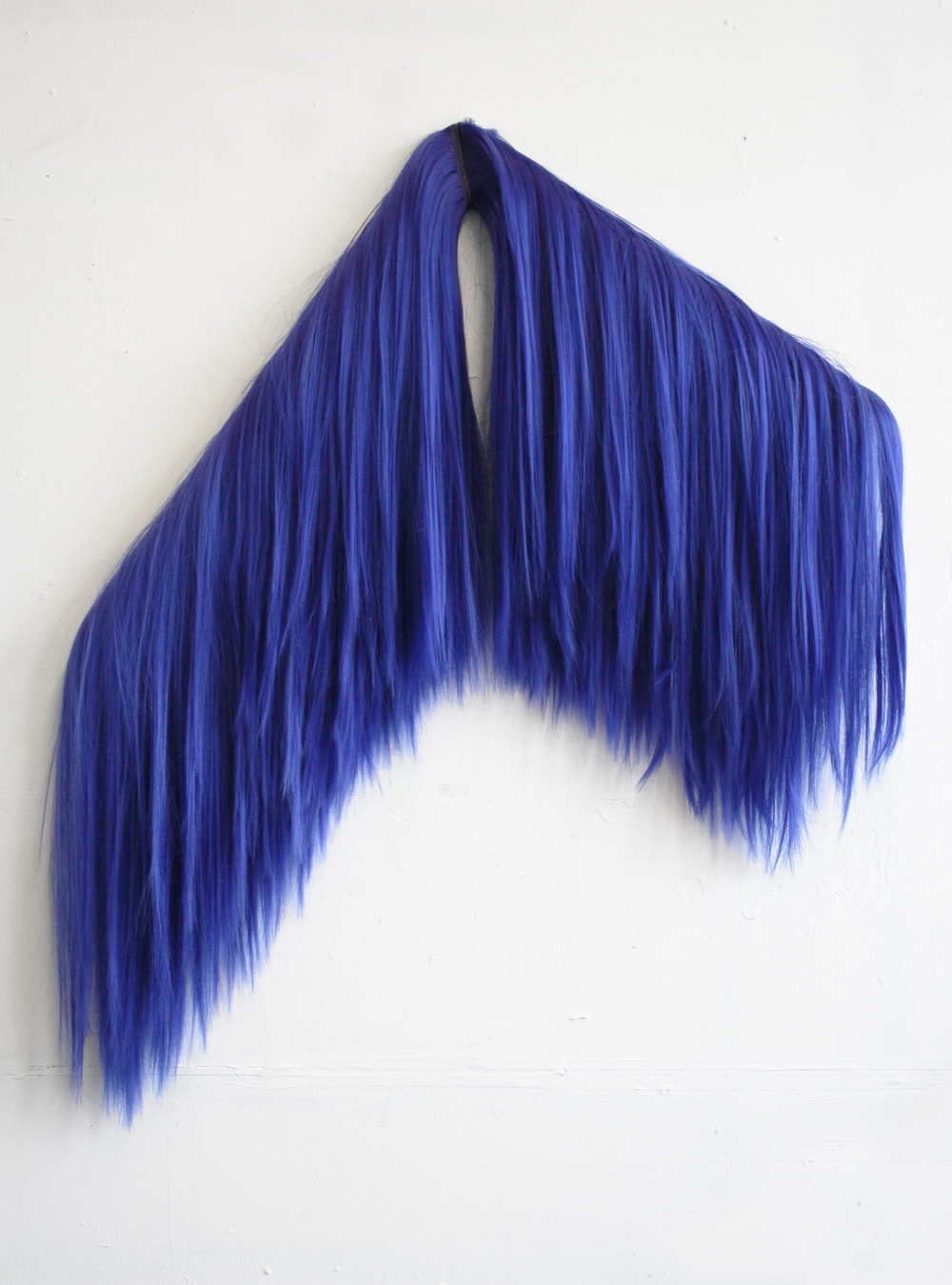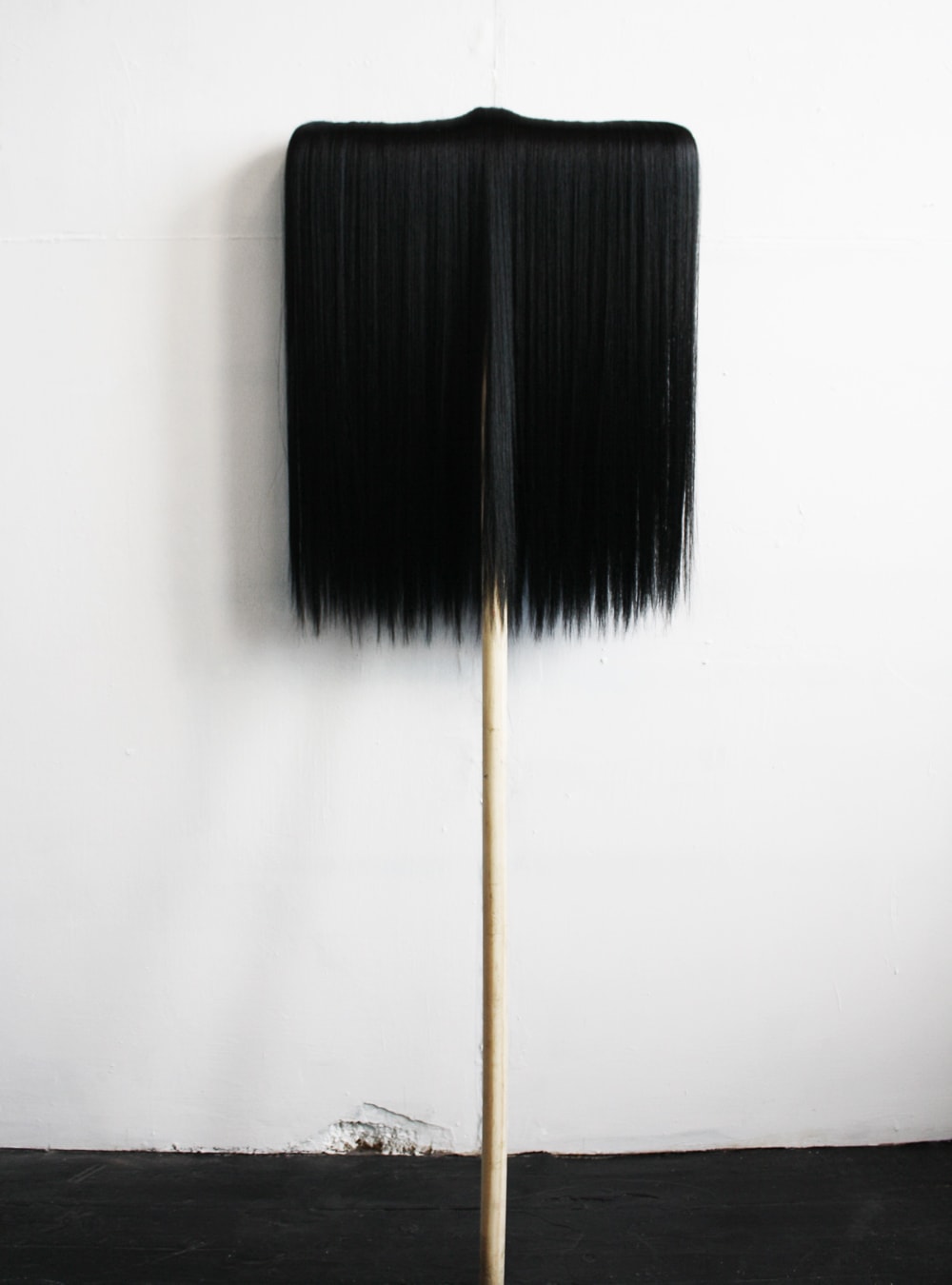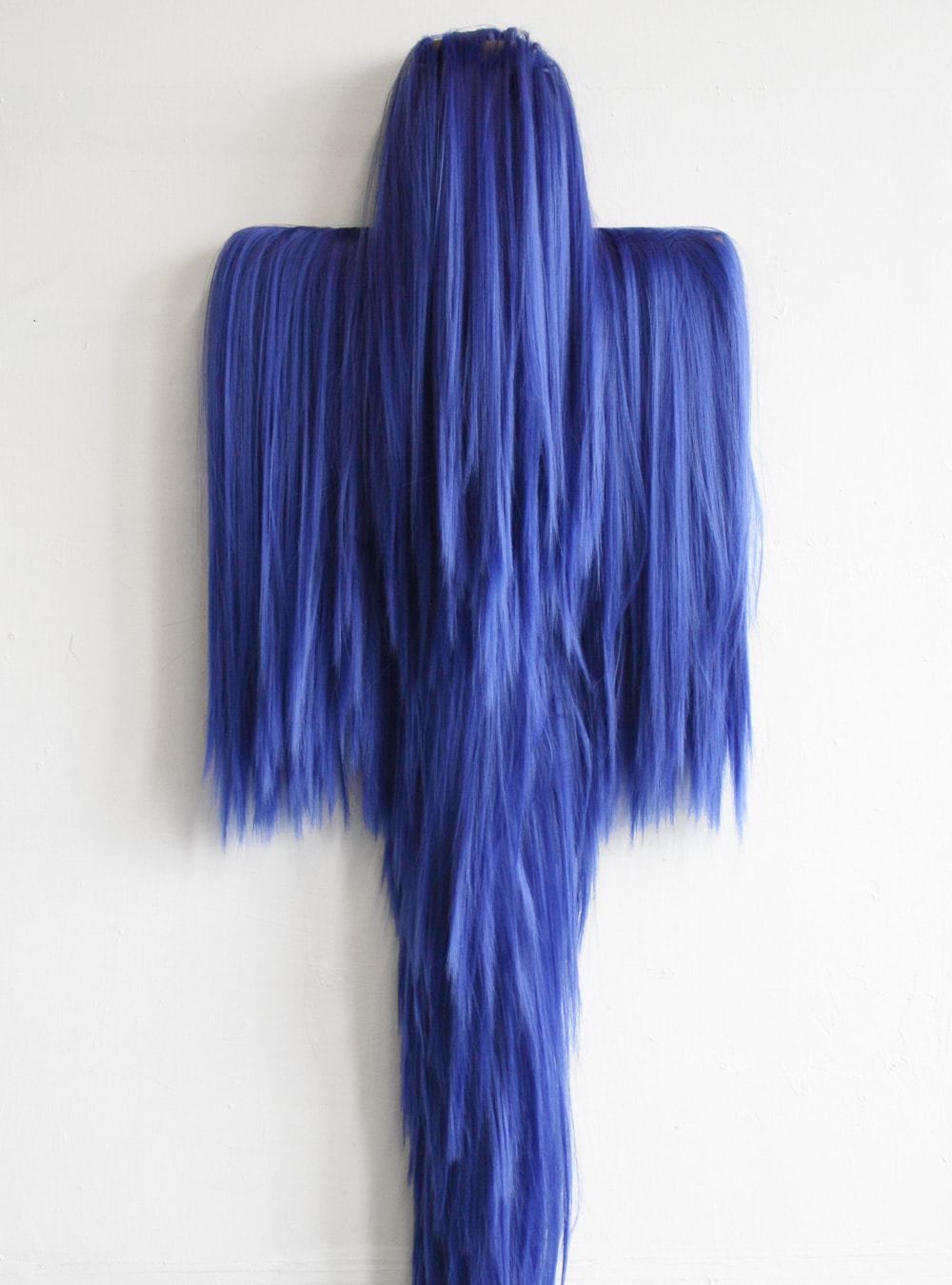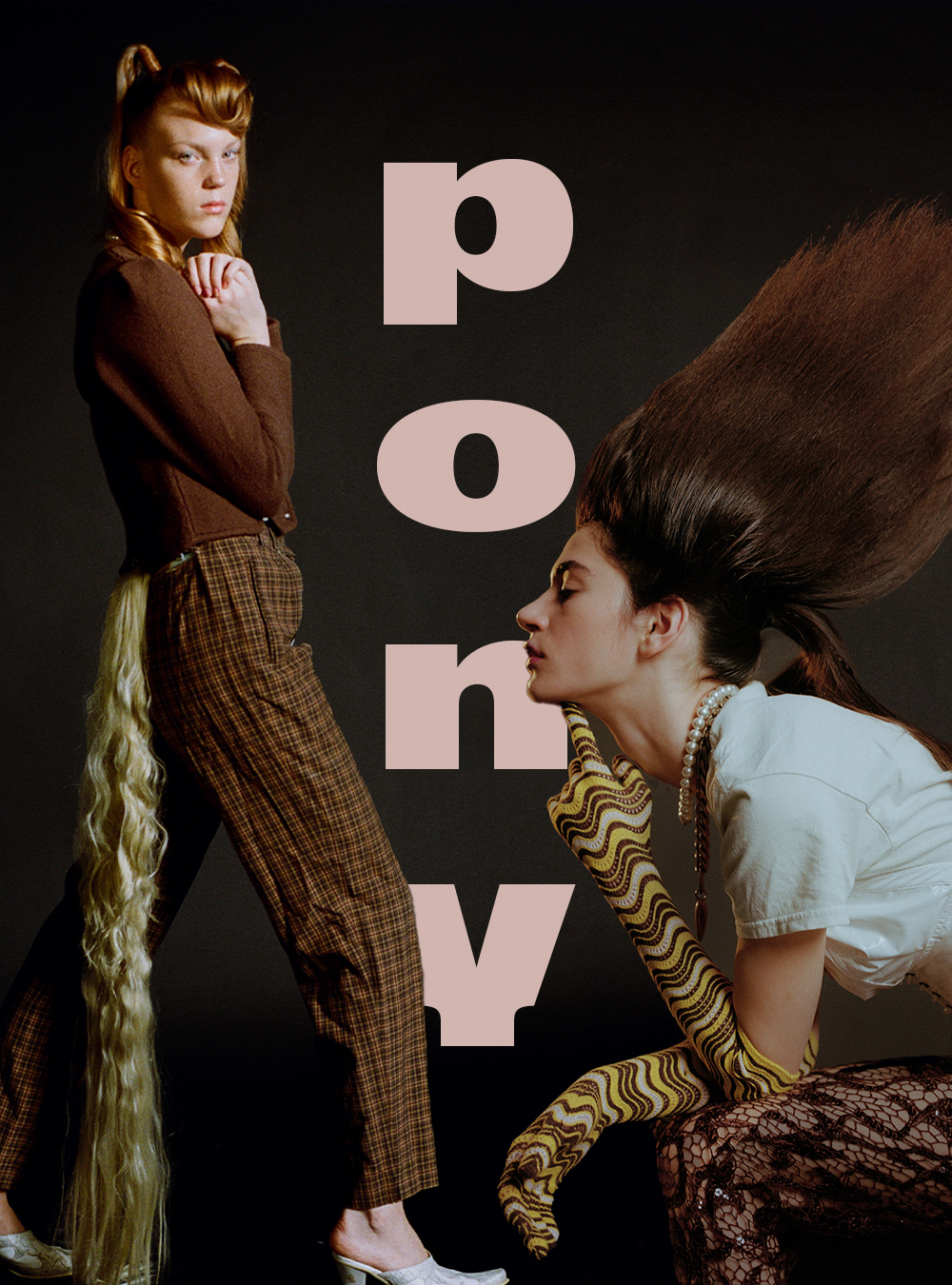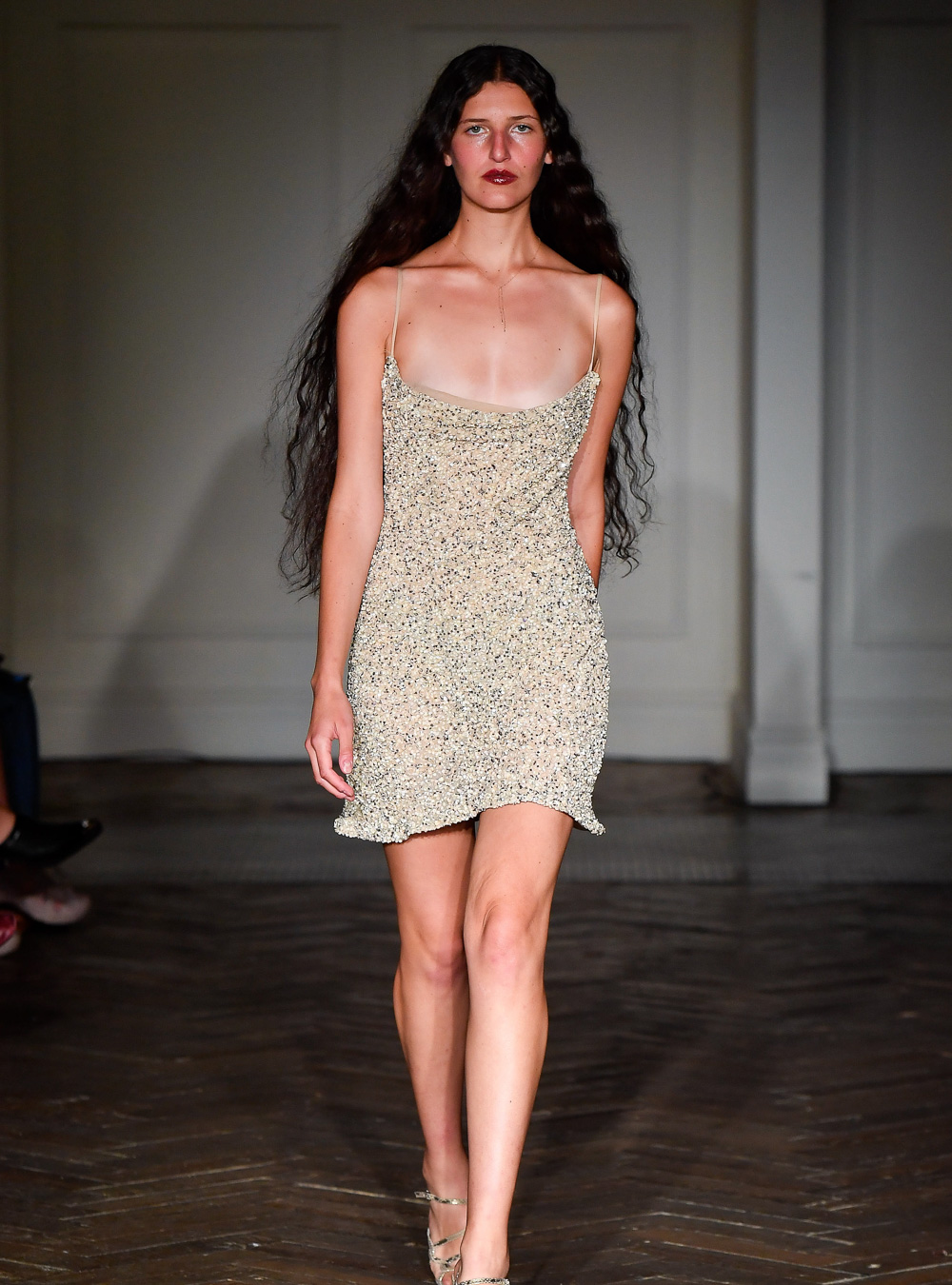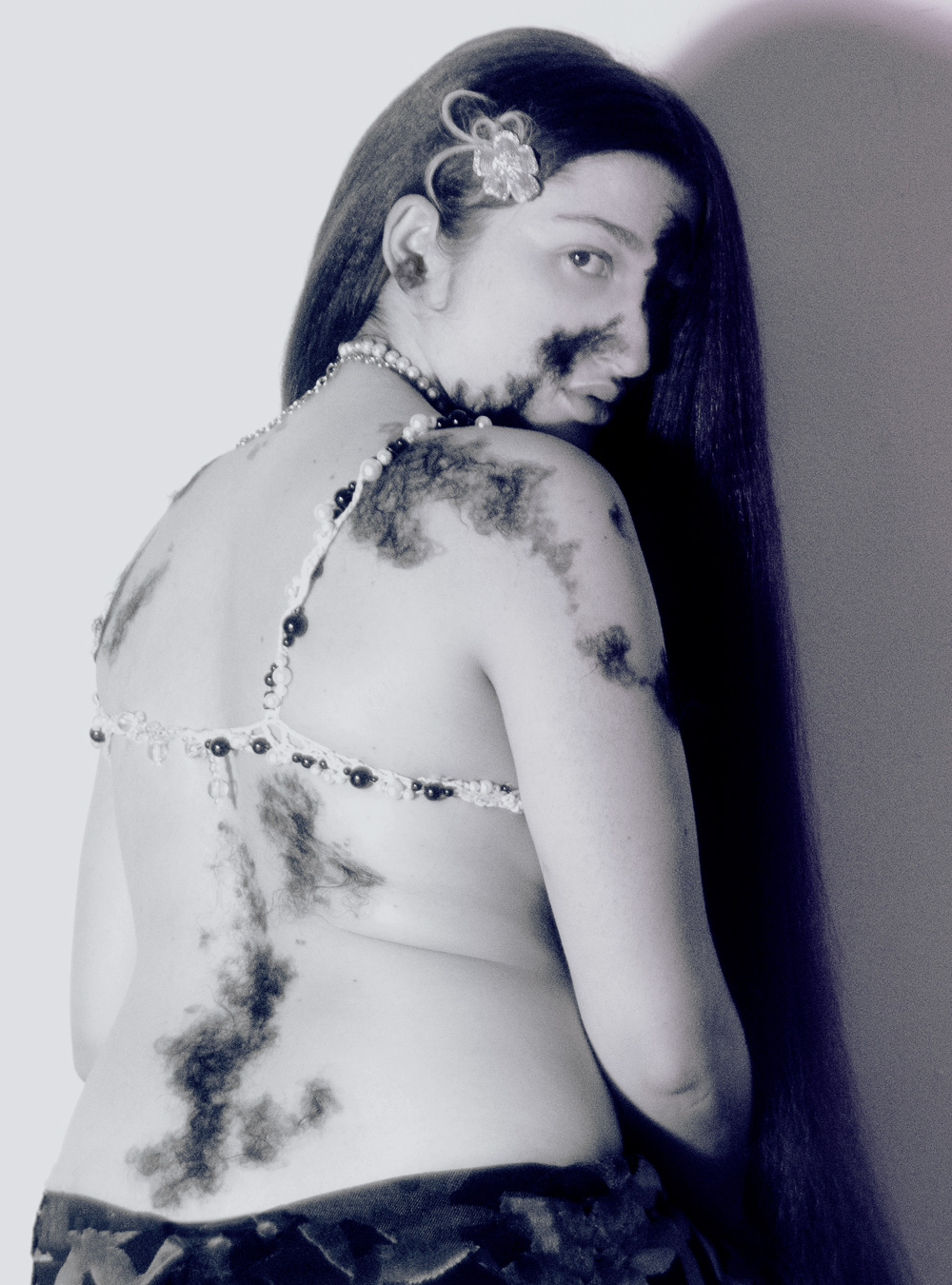ART + CULTURE: Citing the paranormal, horror films and science fiction among his inspirations, Richard Starbuck explores the darker side of hair
Artworks: Richard Starbuck
Interview: Emma de Clercq
It is the mysterious nature of paranormal phenomena that inspires much of artist Richard Starbuck’s work. “I have always been fascinated with various underground belief systems, from Ufology to Cryptozoology” he explains. “It’s not so much that I believe in them, more of a fascination with the social and psychological systems of belief which underpin them. I wanted to create something that was alien and mysterious.”
Starbuck is drawn to stories rooted in myth, the strange and the unexplained. For him, it is not always what you see, but what is withheld which is the more powerful, stirring within us a fear of the unknown.”I always think that a horror movie is at its best when you can’t see the monster, just a hint of its presence; our imaginations often create something far scarier than what is on the screen,” he says. Using hair as a signifier, Starbuck’s works focus on concealment and suggestion, hinting at what could be lurking just out of sight. In his oil paintings, disembodied masses of heavy black hair twist and coil like snakes, bringing to mind the sinister black-haired entity in the Japanese horror film ‘Ring’ (‘Ringu’). Meanwhile, his sculptures of everyday objects draped in thick hair suggest strange creatures. Starbuck taps into that common childhood fear of the dark, in which inanimate objects transform swiftly into monsters, and dark shadows take on sinister shapes.
Hair features heavily in your work. What draws you to working with it? I’ve always been fascinated with various underground belief systems, from Ufology to Cryptozoology. It’s not so much that I believe in them, more of a fascination with the social and psychological systems of belief which underpin them. I wanted to create something that was alien and mysterious. But as I worked on it further I discovered that it wasn’t just the paranormal stories I was interested in, it was the fear that comes with the mystery of the unknown and the other. The use of hair was a response to that. It represents for me the feeling of anxiety, that mysterious thing lurking behind the curtain, a veil hiding something sinister. I’m also interested in the fact that when hair is detached from the body it becomes something else, it is uncanny, conflated with the familiar; an example would be the uncertainty as to whether an unconscious person is alive, and conversely whether a doll or robot is truly non-sentient.
How relevant is the colour of the hair? The default setting for me personally is the colour black; I’m always drawn to it. It’s the absence of light that black has, it draws you in like a black hole. The use of black hair from Japanese horror films to the shiny black obelisk in the classic sci-fi movie ‘2001: Space Odyssey’ has been a huge influence too. But I have always been scared of colour, if I do use it I try not to attach meaning to it.
What reaction do you hope to elicit from the viewer? Do you see the hair in your work as something grotesque, to be feared? Not so much grotesque, as the grotesque can be quite “on the nose”. I always think that a horror movie is at its best when you can’t see the monster, just a hint of its presence; our imaginations often create something far scarier than what is on the screen. I’m more interested in a person’s own projection than scaring or shocking them. The use of hair has many meanings and is rooted in many cultures; long hair covering the body represents something wild and beastly. Uncivilized and out-casted, a departure from our clean cut high society; it’s a rebellious act. As well as hair being something feared it’s also very sensual; the long hair of a woman for example is beautiful but can also be terrifying at the same time. I mean, what’s more terrifying than a beautiful woman?
- ANTHROPOLOGY OF HAIR
- ANTHROPOLOGY OF HAIR
- ANTHROPOLOGY OF HAIR
- ANTHROPOLOGY OF HAIR
- ANTHROPOLOGY OF HAIR
